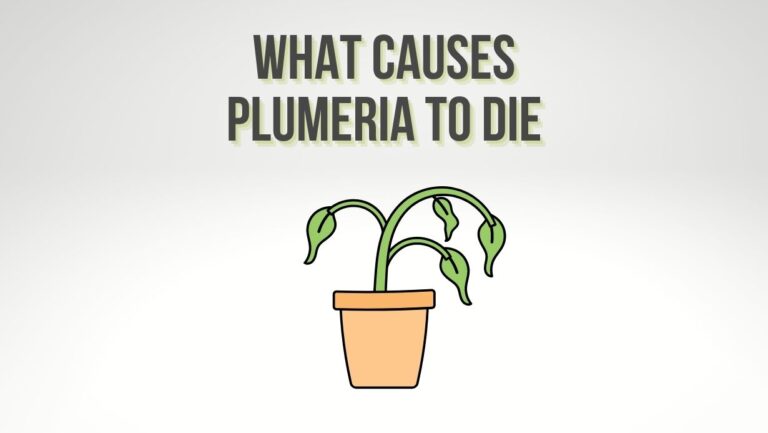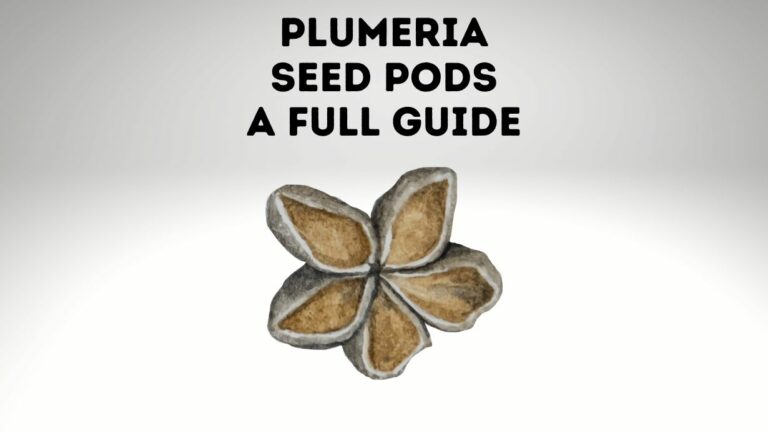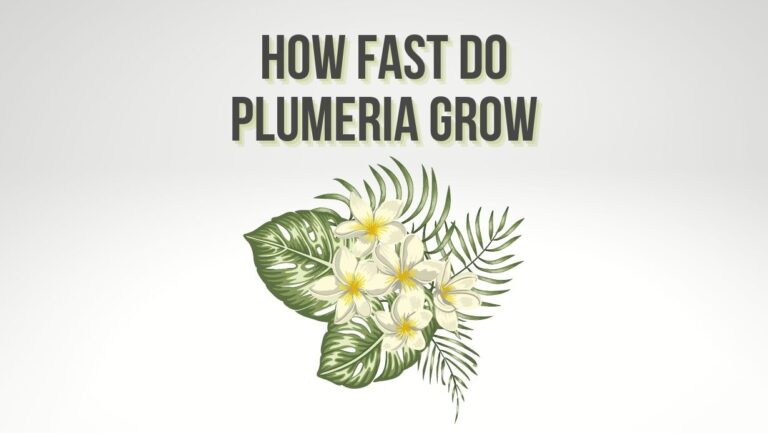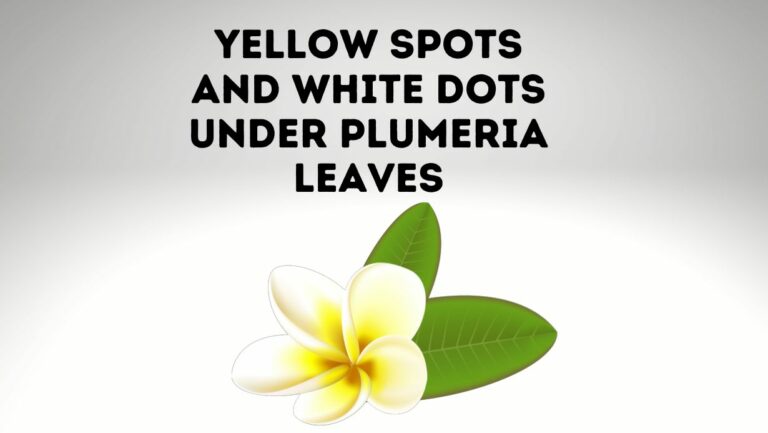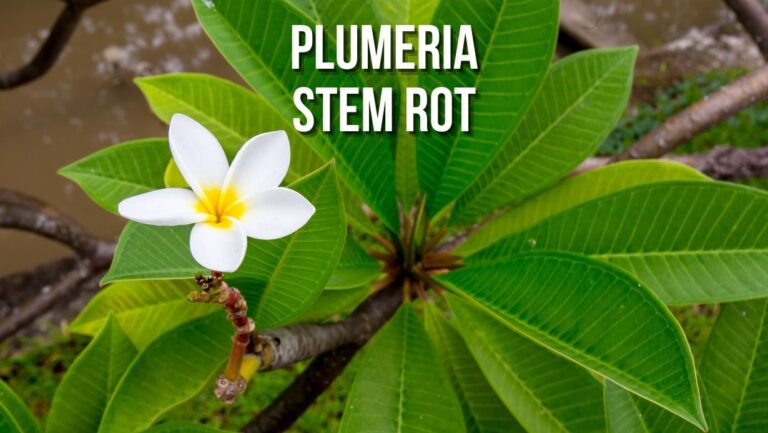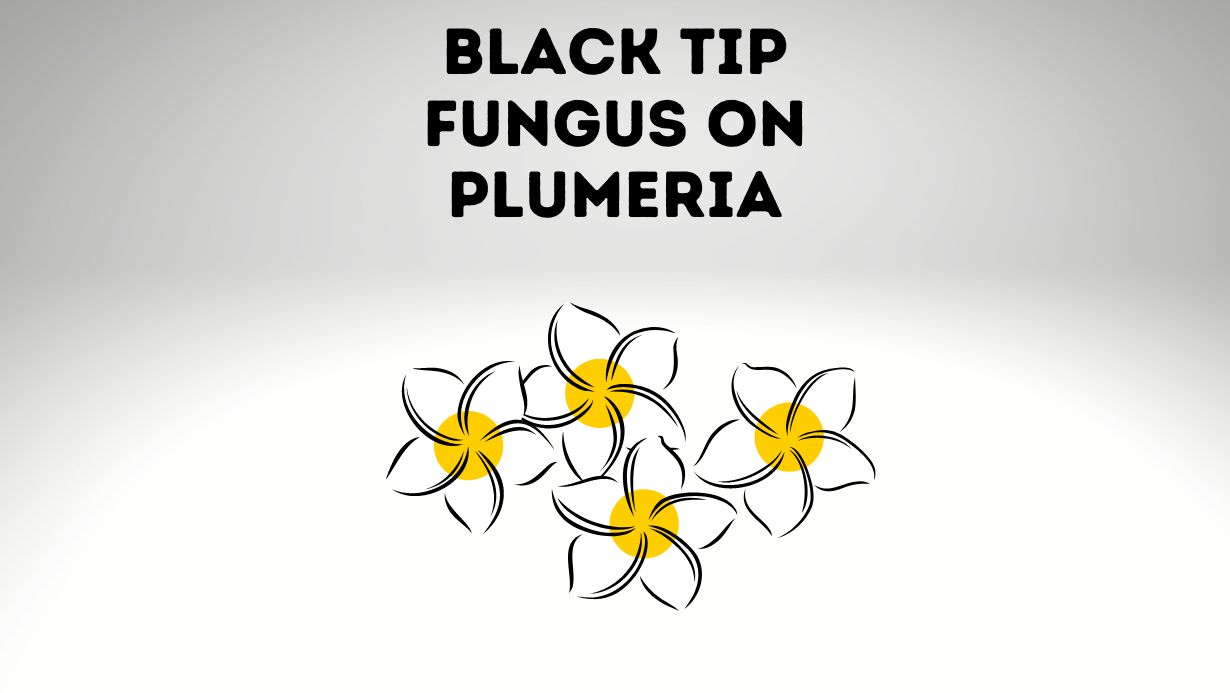
A black tip fungus results when ants eat the aphids nestled in the tips of plumeria or similar plants. The ants like the sweet excretion that comes from these bugs and gather them for food
If you have ever dealt with black tip fungus on plumeria, you know how frustrating it can be. This type of fungus can quickly kill your plants and ruin your harvest. In this article, we will explore the causes of black tip fungus on plumeria and offer some prevention tips.
How Do You Treat Black Spots On Plumeria?
If you have black spots on your plumeria, it is most likely due to a fungus called black tip fungus. This fungus is common in warm, humid climates and can attack both Plumeria leaves and flowers. The good news is that black tip fungus is relatively easy to control with the right treatment.
To treat black tip fungus, start by pruning away any affected leaves or flowers. Then, spray the entire plant with a fungicide that contains copper. Be sure to follow the directions on the label carefully. Apply the fungicide every 7-14 days until the black spots are gone.
If your plumeria is heavily infected, you may need to remove and destroy all of the affected leaves and flowers. You should also sterilize your pruning tools after each use to prevent the spread of the fungus.
With proper treatment, black tip fungus can be controlled relatively easily. However, it is important to catch it early and take action quickly to prevent serious damage to your plant.
Why Is My Plumeria Turning Black?
Plumeria are beautiful, fragrant flowers that thrive in warm climates. But even the hardiest plumeria can be susceptible to black tip fungus, a common fungal infection that causes the tips of the leaves to turn black.
There are a few reasons why your plumeria might be turning black. The most common cause is exposure to too much water or humidity. Plumeria love sunny, dry conditions and should be watered only when the soil is dry to the touch. If they’re getting too much water, the leaves will start to turn yellow, then brown, and eventually black.
Black tip fungus thrives in humid conditions and can quickly infect your plumeria if the conditions are right. The fungus begins as small black spots on the tips of the leaves and spreads rapidly if not treated. Left unchecked, it will eventually kill the plant.
There are a few things you can do to prevent black tip fungus from infecting your plumeria:
-Water only when the soil is dry to the touch
-Remove any dead or dying leaves from the plant
-Avoid overhead watering which can increase humidity around the plant
-Increase air circulation around the plant by moving it to a more open area or using a fan
-Treat the plant with a fungicide labeled for black tip fungus
What Does Plumeria Fungus Look Like?
Plumeria fungus looks like black spots on the leaves of your plumeria plant. The spots are usually circular and will appear to be slightly raised.
The centre of the spot may also appear to be slightly lighter in color than the surrounding area.
If you see these black spots on your plumeria, it is important to take action immediately to prevent the spread of the fungus.
What Does Plumeria Stem Rot Look Like?
Plumeria stem rot is a condition that can affect plumeria plants. The symptoms of plumeria stem rot include wilting leaves, brown or blackened leaves, and rotting stems.
The affected parts of the plant may fall off or break away easily. Plumeria stem rot is caused by a fungal infection and is most common in wet or humid conditions.
The fungus thrives in warm temperatures and can spread quickly to other parts of the plant. Plumeria stem rot can be prevented by providing adequate drainage for the plant and avoiding overwatering.
If you suspect that your plumeria plant has stem rot, you should contact a professional for treatment options.
How To Treat Plumeria Plants With Rust Fungus
To treat plumeria plants with rust fungus, remove all affected leaves and dispose of them. Then, use a fungicide to treat the plant, following the directions on the label.
Be sure to apply the fungicide to both the top and bottom of the leaves, as well as the stems. Repeat this process every two weeks until the fungus is gone.
Best Fungicide For Plumeria
There are a few great fungicides that can help prevent black tip fungus on plumeria. Some of the best include:
– Bonide’s Fung-onil Multi-Purpose Fungicide
– Ortho’s Max Garden Disease Control Concentrate
– Spectracide’s Immunox Multi-Purpose Fungicide
Each of these products is designed to kill a variety of fungal diseases, including black tip fungus. Be sure to follow the directions on the label for the best results.
Conclusion
If you have black tip fungus on your plumeria, don’t despair. There are several things you can do to get rid of it and prevent it from coming back. First, trim off any affected leaves and dispose of them properly. Then, give your plant a good cleaning with soapy water. You may also want to try using a fungicide to help prevent the fungus from spreading. With a little care and attention, you can keep your plumeria healthy and free of black tip fungus.


